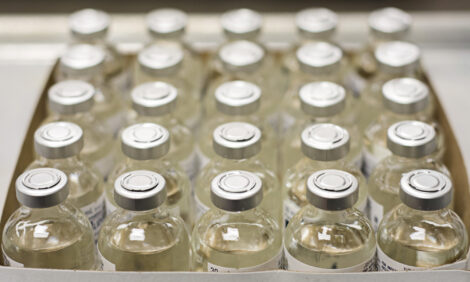



Coccidiosis or Coccidiasis?
ANALYSIS - At the Midwest Poultry Federation Convention in St. Paul, Minnesota, Chris Wright, Senior Editor of ThePoultrySite, asked Dr Hector Cervantes, Senior Manager of Poultry Technical Services with Phibro, to explain the difference between coccidiosis and coccidiasis in broilers.
Subclinical vs clinical
“When we’re talking about coccidiosis, we’re talking about the clinical disease, the symptoms of the disease, where there are bloody droppings, increasing mortality, enteritis, flushing, diarrhea, etc. Things we can go in a house and notice. That’s coccidiosis.
“Coccidiasis: We used to talk more about this a few years ago. What we really mean is the subclinical form of the disease.
"You can go into the house and everything appears to be normal. You don’t find any evidence of sick birds, any bloody droppings, no increases in mortality. Everything seems to be okay. Yet, if you select, at random, five birds that appear normal, euthanize them and conduct a post-mortem examination, you may be able to detect gross lesions of coccidiosis. You may find intestinal or caecal coccidiosis.
"That’s what we refer to as coccidiasis and it is the most common form/presentation of the disease and the most difficult to diagnose because you don’t know they’re sick.”
Take Home Message
“It’s very simple, basically. We have a limited number of tools to control or prevent coccidiosis. One is with drugs. We have chemicals or synthetic drugs used in the feed as well as ionophore drugs we use in the feed. And two, we have vaccines.
“The backbone remains prophylactic prevention through medication in the feed. Those drugs have been around a long time, some for 60 years. We still use them. The latest one was introduced more than a decade ago, and we don’t have any new drugs in development. No one is going to develop new drugs because of the expense and uncertainty of the current regulatory environment of drugs that would be used in feed.
"So, we have to learn to manage what we have in the most rational and effective ways in order to prolong the useful life (of the drugs) as much as possible.”
Further ReadingFind out more information on coccidiosis by clicking here. |








